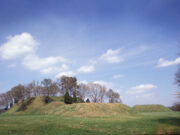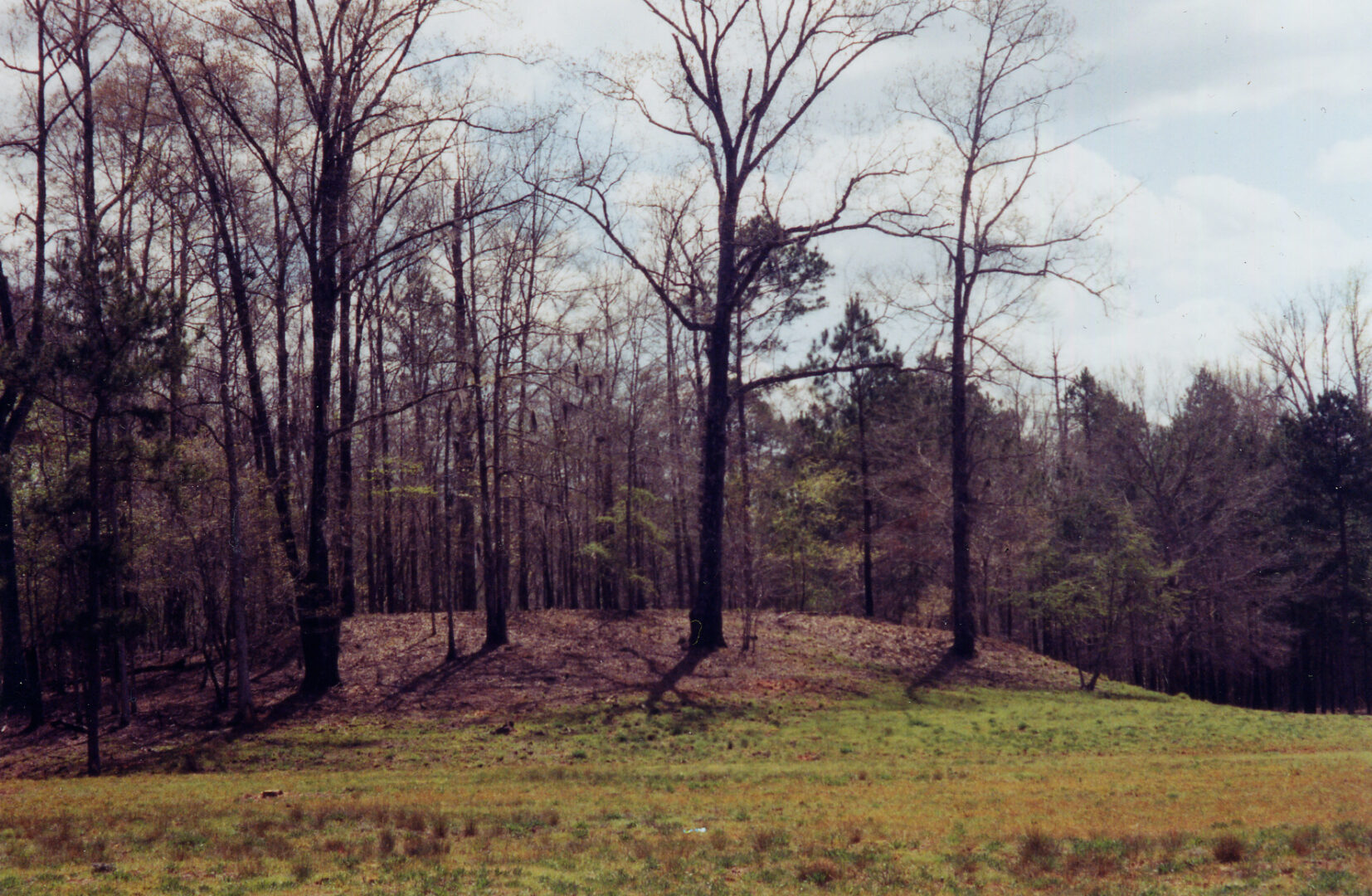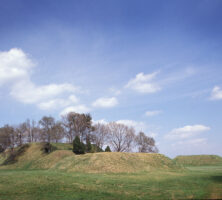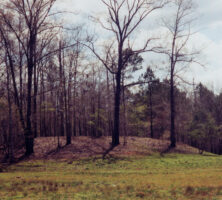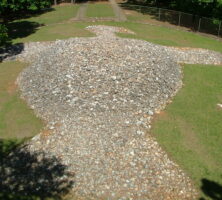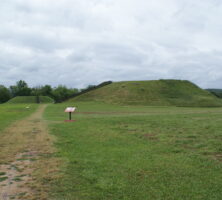Humans have lived in the area now known as Georgia for more than 12,000 years, and archaeology is the only means by which we are able to learn about the lives and achievements of most of them.
Because Georgia contains some of the most important archaeological sites in the country, the state legislature created the Office of the State Archaeologist, which is charged with directing research on state lands, surveying archaeological sites on state lands, giving technical assistance to private landowners and public agencies, protecting objects of archaeological significance, and establishing training programs. As part of the Department of Natural Resources (DNR), the state archaeologist bears added responsibilities in environmental review policy and the National Register program.
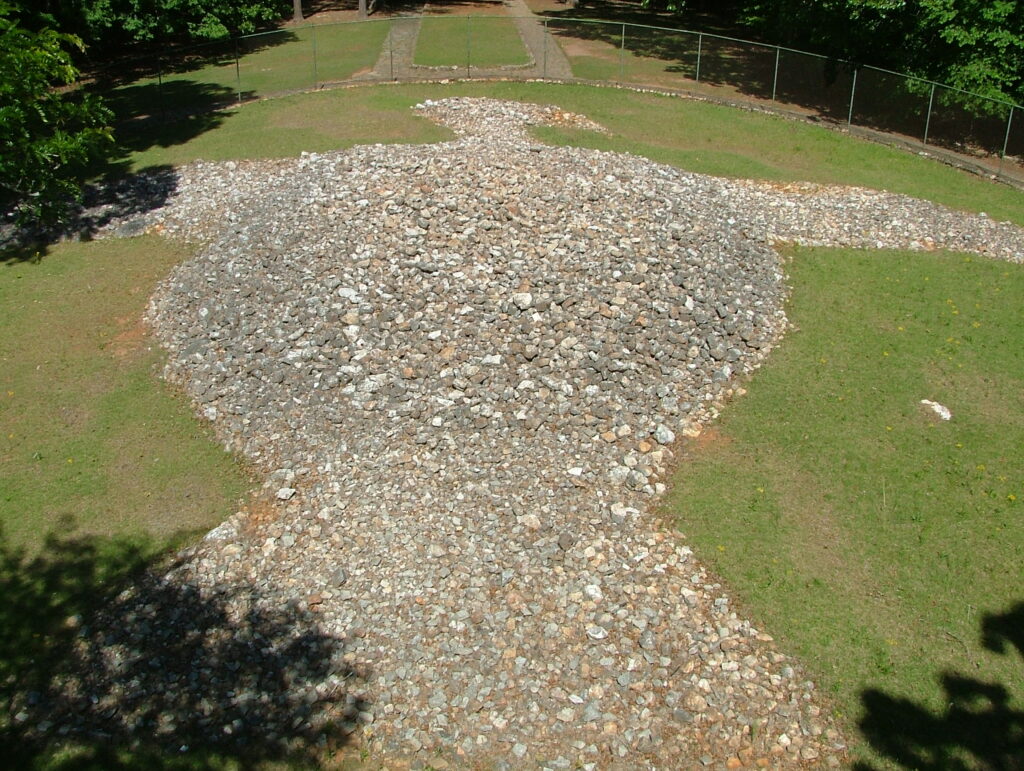
Photograph by Brian McInturff
From the chocolate tabby ruins on Sapelo Island to the Etowah Indian Mounds Historic Site in Cartersville, the DNR manages some of the most important reported sites in the state. One of the primary duties of the state archaeologist is to advise the DNR on the stewardship of such archaeological resources on state lands.
Looting
Looting destroys the integrity of archaeological sites and, thus, their scientific and historical value. The advent of Web-based auction sites has turned an already serious resource-management issue into a critical problem. Most looting is carried out by people who use the stolen artifacts, often taken from private property, to underwrite other crimes—especially the purchase and manufacture of drugs. Looting, then, not only destroys the traces of our past but also fuels other violations. Believing that the best stewards of resources are educated private landowners, the DNR has worked to enhance existing Georgia state law, which enables property owners to safeguard sites on their land.
Underwater Archaeology
Georgia currently has no underwater archaeology program. However, a variety of planning studies, some funded through federal grants, will set the stage for a productive underwater archaeology program. Archaeologists already know that Georgia’s underwater sites include everything from Revolutionary War (1775-83) shipwrecks to abandoned towns, from Indian canoes to early-twentieth-century side-wheel steamships. Such resources have the potential to reveal details about little-documented aspects of Georgia’s past. They also can serve as valuable ecotourism attractions.
Looking Ahead
Saving Georgia’s archaeological resources will take significant efforts on the part of the Society for Georgia Archaeology; its companion organization, the Georgia Council of Professional Archaeologists; and related preservation interest groups such as the Georgia Trust for Historic Preservation and the Georgia Association of Museums and Galleries. It also will require increased cooperation with other DNR divisions. Because many of the same forces affect natural resources and archaeological sites, natural resources stewardship bears much in common with archaeological site stewardship, whether on land or underwater. As in so many other realms, cooperation between archaeologists and those with kindred interests will, in the end, help to conserve important parts of Georgia’s past.


